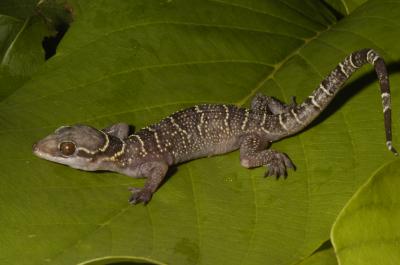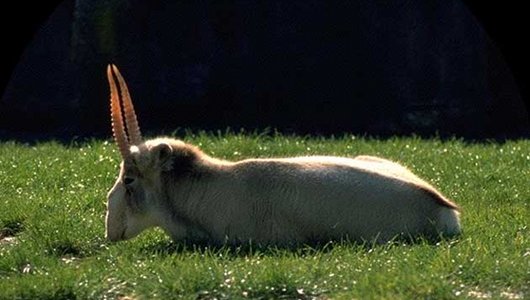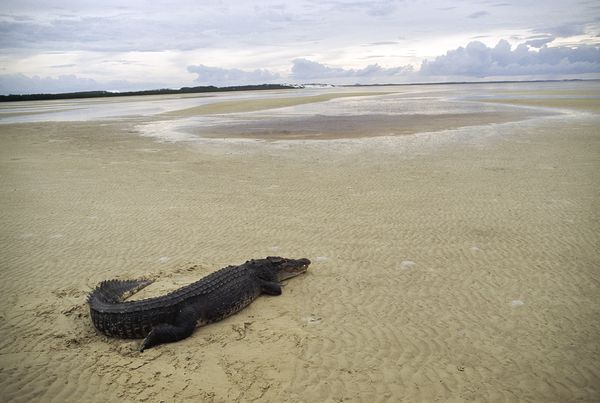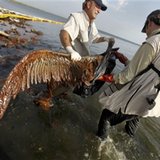
© Charles LinkemThe West African forest gecko, Hemidactylus fasciatus, is secretive but common in the tropical rain forest patches stretching nearly 3,000 miles from the coast of Sierra Leone to the Congo.
The West African forest gecko, a secretive but widely distributed species in forest patches from Ghana to Congo, is actually four distinct species that appear to have evolved over the past 100,000 years due to the fragmentation of a belt of tropical rain forest , according to a report in this week's issue of the journal
Proceedings of the Royal Society B.
The discovery by former University of California, Berkeley, students Adam D. Leaché and Matthew K. Fujita demonstrates the wealth of biodiversity still surviving in the islands of tropical rain forest in West Africa, and the ability of new DNA analysis techniques to distinguish different species, even when they look alike.
"We tended to find this gecko,
Hemidactylus fasciatus, throughout our travels in West Africa," said Leaché, a herpetologist with UC Berkeley's Museum of Vertebrate Zoology. "Despite the fact that it is recognized as one species, using new methods we have established a high probability that it is composed of at least four species."




